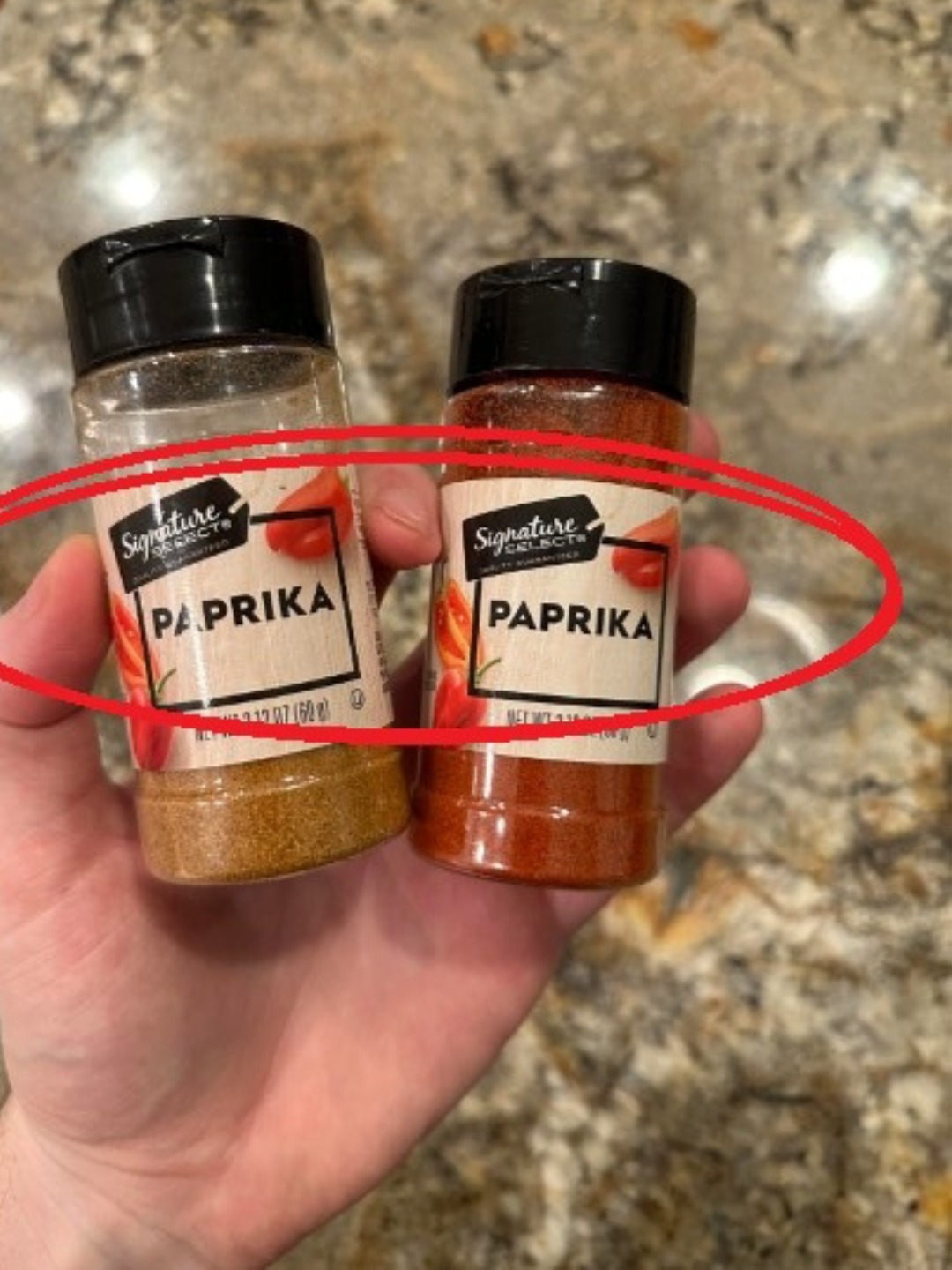
What Is Paprika Made Of? (Spoiler: It’s Not From a Mysterious Spice Tree!)
We just assumed:
There was a “paprika tree” somewhere in Hungary
Or that it came from some exotic, rare pepper pod
Or maybe it was synthetic? A lab creation?
But no.
It’s literally this:
👉 Ripe red bell peppers → Dried in the sun or dehydrated → Ground into fine powder = Paprika
Simple. Natural. Brilliant.
As one stunned commenter put it:
“I genuinely thought ‘paprika’ was its own vegetable. Like, there’s carrots, broccoli, paprikas…”
😂 We’ve all been there.
🌶️ The Real Story Behind Paprika
🌍 Where It Comes From
Paprika originated in Hungary, where it’s a national treasure — used in everything from goulash to chicken paprikash.
But the peppers themselves trace back to the Americas. After Columbus brought chili peppers to Europe, they made their way to Central Europe, where farmers began cultivating sweet red peppers specifically for drying and grinding.
Today, top paprika-producing regions include:
Hungary (famous for rich, sweet varieties)
Spain (home of smoked pimentón)
California & New Mexico (USA)
🧄 What Kind of Peppers Are Used?
Not all peppers make good paprika.
The best come from fully ripened red capsicums — usually sweet bell peppers or mild chili varieties like Capsicum annuum.
These are:
Harvested at peak redness (maximum color and sweetness)
Dried slowly (sun-dried or gently heated)
Ground into powder (fine or coarse, depending on use)
🎨 Types of Paprika (Yes, There Are Many!)
Sweet Paprika
Mild, slightly sweet, vibrant red
Eggs, potatoes, soups
Smoked Paprika (Pimentón)
Deep, smoky, earthy (from wood-smoked peppers)
Beans, grilled meats, paella
Hot Paprika
Spicy kick (made with hotter chili varieties)
Chilis, stews, spice blends
Hungarian Paprika
Rich, complex, warm (often a blend)
Goulash, sausages, braises
✅ Pro Tip: Smoked paprika can instantly add “grilled” depth — even if you’re cooking indoors!
🧪 Why It’s So Much More Than Just Color
Paprika isn’t just for looks — it brings real flavor and nutrition:
Rich in Vitamin C
Even more than citrus (when fresh!)
High in Antioxidants
Capsanthin gives color + fights free radicals
Anti-Inflammatory
Compounds may support heart and eye health
Natural Preservative
Historically used to preserve meats and oils
And that bright red hue?
It’s nature’s way of saying: “Eat me — I’m full of good stuff.”
🛒 How to Use Paprika Like a Pro
✅ Add at the right time:
Sweet paprika: Add early to infuse flavor
Smoked paprika: Add late — heat can turn it bitter
✅ Pair with fat:
Mix with oil or butter to release flavor (try frying a pinch in olive oil before adding other ingredients)
✅ Store properly:
Keep in a cool, dark place — light and air fade color and potency fast
✅ Upgrade your dishes:
Sprinkle on hummus or avocado toast
Mix into mayo or sour cream for instant dip
Dust over popcorn for a savory twist
❤️ Final Thought: Sometimes, the Best Things Are Simple (and We Overthink Them)
You don’t need a rare ingredient or mystical plant to make something truly special.
Just a ripe red pepper, some sunshine, and time.
This paprika revelation proves that the most beloved flavors are often the simplest — hiding in plain sight, waiting for us to finally notice.
So next time you reach for that little tin…
Pause.
Remember the journey:
From garden to grind, from pepper to plate.
And sprinkle with wonder.
Because great food doesn’t have to be mysterious —
It just has to taste like it came from the earth. 💛